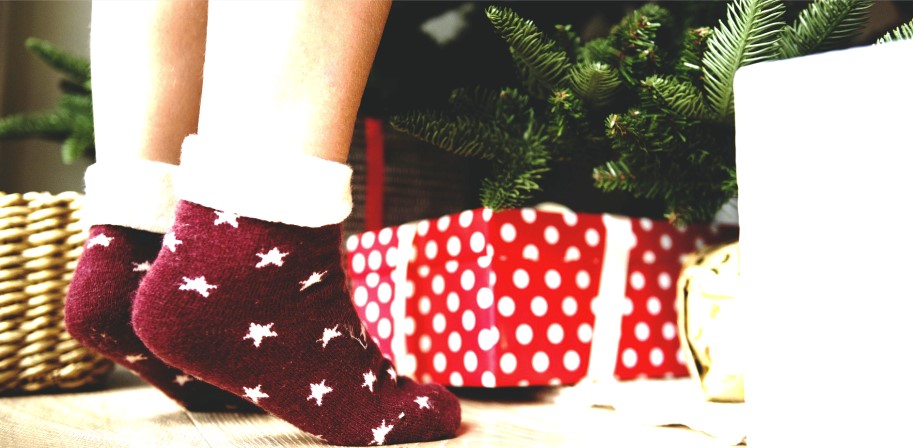by Allergy Partners
December 11, 2023
Christmas Trees & Allergies

Tips for Decreasing Allergen Exposure
The holiday season is here, and with it comes the decorations—including Christmas trees! But for those who suffer from allergies, a real tree can potentially worsen symptoms, making the holidays more difficult to enjoy. Fortunately, there are ways to decrease allergen exposure when decorating your home with a Christmas tree. Read on for tips on how to make sure your family’s holiday season is merry and bright despite any potential allergy triggers!
Am I Allergic to Christmas Trees?
Though it may seem like your allergies are caused by a Christmas tree, you could actually be reacting to microscopic mold spores found in the air nearby. According to researchers at SUNY Upstate Medical University, there can be more than 50 types of irritants present on any given holiday fir! Most molds that were identified are potential allergens and have been shown to increase the risk of wheezing, persistent cough, and allergic sensitization in infants.
Research has also found that Christmas trees can dramatically increase the presence of mold spores in any indoor environment – up to six times more than normal. Additionally, ornaments and lights stored over longer periods have been known to collect dust mites, while terpenes from real pine trees may produce chemical irritants – all potential culprits when considering allergens at home during this festive period!
Tips to Decrease Allergen Exposure
If you think your Christmas tree is aggravating your allergies, all hope is not lost! You can still celebrate the holidays in style – Christmas tree and all. Here are a few tips to help decrease allergen exposure from your beloved holiday centerpiece:
- Shake as much debris out of the tree as possible prior to bringing it indoors.
- Rinse or spray down the tree and leave it outside, preferably somewhere warm, for a few days before bringing it into your home. Another option is to use an air compressor to blow off debris without using water.
- Mix water and a very small amount of bleach and spray it on your tree to kill growing mold spores and wash away any leftover grime. Avoid this step if you have pets, as they may chew on the tree and accidentally ingest the solution.
- Put your tree up closer to the holiday and take it down shortly afterward, as mold accumulates the longer your live tree remains in your home.
- Consider purchasing an artificial tree instead of a real one yet pay attention to what it is made of. Some manufacturers use a material that can cause sinus irritation for those who are very sensitive.
- Clean or dust stored decorations before displaying them in your house.
- Store artificial trees and other decorations in a cool, dry space. Placing them in bags or airtight boxes will help avoid dust accumulation.
- Wear a mask when removing decorations from storage.
In conclusion, Christmas trees are a beloved holiday tradition for many. But when it comes to seasonal allergies, taking the extra time and effort to minimize your allergen exposure is key to avoiding uncomfortable symptoms during the holidays. By following the tips above, you’ll be sure to make your home a safe and comfortable place to enjoy the festivities.
To learn more about how Allergy Partners can help you alleviate allergy and asthma symptoms, find a location near you and schedule an appointment for allergy testing with your local office today!
